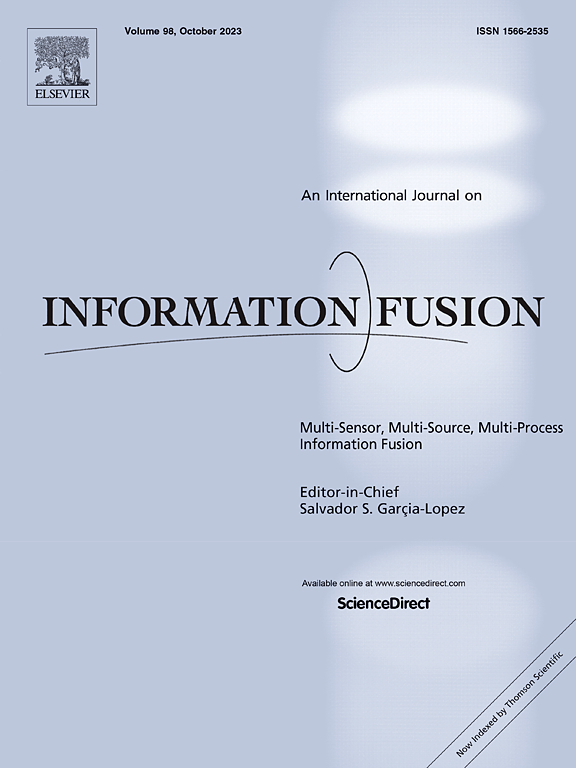Adaptive structural-guided multi-level representation learning with graph contrastive for incomplete multi-view clustering
IF 14.7
1区 计算机科学
Q1 COMPUTER SCIENCE, ARTIFICIAL INTELLIGENCE
引用次数: 0
Abstract
Incomplete multi-view clustering (IMC) is a pivotal task within the area of machine learning, encompassing several unresolved challenges, such as representation of objects, relations of various views, discriminative of features, and data restoration. To address these challenges, we propose a novel Adaptive Structural-guided Multi-level representation Learning with Graph Contrastive algorithm for IMC (ASMLGC), where feature learning, data restoration and clustering are simultaneously integrated. Concretely, ASMLGC learns multi-level representations of objects by extending auto-encoders, which explicitly captures hierarchical structure of multi-view data, providing a better and more comprehensive strategy to characterize data from multiple resolutions. And, missing views are recovered by leveraging multi-level representations, where global and local information are fully exploited to enhance the accuracy and robustness of imputation. Furthermore, ASMLGC proposes graph contrastive learning to maximize intra-cluster consistency, where information derived from various resolutions, such as feature level and meta-structure level, is explored to construct positive and negative samples, thereby improving discriminative of features. The extensive experimental results confirm that ASMLGC outperforms baselines on benchmarking datasets, particularly for these datasets with complicated hierarchical structure. The proposed algorithm can be applied to bioinformatics, medical image analysis, and social network analysis.
针对不完整多视图聚类的自适应结构引导多级表征学习与图形对比
本文章由计算机程序翻译,如有差异,请以英文原文为准。
求助全文
约1分钟内获得全文
求助全文
来源期刊

Information Fusion
工程技术-计算机:理论方法
CiteScore
33.20
自引率
4.30%
发文量
161
审稿时长
7.9 months
期刊介绍:
Information Fusion serves as a central platform for showcasing advancements in multi-sensor, multi-source, multi-process information fusion, fostering collaboration among diverse disciplines driving its progress. It is the leading outlet for sharing research and development in this field, focusing on architectures, algorithms, and applications. Papers dealing with fundamental theoretical analyses as well as those demonstrating their application to real-world problems will be welcome.
 求助内容:
求助内容: 应助结果提醒方式:
应助结果提醒方式:


